Using Trees And Shrubs For Winter Interest


Creating a winter garden can be a unique challenge, but it can also be well worth the effort. Instead of bright colors, winter interest comes from the exciting shapes, textures, and striking colors of trees and shrubs. Since many herbaceous plants are not visible during winter, trees and shrubs must become the dominant figures within the landscape. They are, in fact, the backbone of the winter garden. Read on to learn more about using trees and shrubs for winter interest.
Types of Trees and Shrubs for Winter Landscapes
Nothing is more beautiful in the winter landscape than the numerous varieties of evergreen trees and shrubs, from broadleaf evergreens to conifers. Common evergreen conifers are found in a variety of shapes, sizes, and color variations, with varieties of gold, green, purple, and white available. Some of these include:
Deciduous trees and shrubs may lose their leaves in fall; however, during winter this shedding allows some of their best attributes to shine through, revealing amazing structures, forms, and textures.
Using Trees and Shrubs for Winter Interest
Form and structure are captivating aspects of winter trees and shrubs. Those having irregular growth patterns can offer the most visual interest. For instance, trees or shrubs with various layers of branches or those that twist make perfect scenes in winter. Unusual form and interesting bark texture are especially significant in the winter landscape. There is nothing more beautiful than layers of snow resting within the crevices of tree limbs, which creates a lovely contrast against the dark-colored bark. Larger varieties typically produce the most dramatic effects for winter interest. Consider the bark of various trees and shrubs as an interesting focal point in the garden. It may be thick, thin, smooth, colorful, textured, or a pleasing combination. Bark characteristics can provide an interesting view normally unseen during other times of the year. Some bark exhibits interesting color, such as the smooth reddish bark of Crepe myrtle or the silvery bark of Japanese maple, which also has twisting limbs. Another great choice to consider is stunning white bark of Birch, which also has various species that offer peeling or flaking bark. Crepe myrtles, Oak leaf hydrangeas, and Sycamores also have exfoliating bark. There are also some tree and shrub species that produce colorful berries. For instance, the Red Chokecherry shrub produces clusters of glossy fruit throughout early winter. Holly is another one with beautiful red berries amid its evergreen leaves. The Sugar Thyme crabapple has large, deep red berries that ripen in fall and persist through winter. Unusual twisting characteristics are another trait to consider. For instance, some trees and shrubs exhibit odd growth habits. Once its unusual flowering has ceased, the branches of Harry Lauder's walking stick contort themselves in such a way as to resemble corkscrews. This shrub is certainly one that will deserve a second look in the winter landscape. Curly willow trees have thick twisting branches of gold and red. Don't overlook fragrance. Some trees and shrubs actually produce fragrant blooms in winter. For instance, Witch Hazel produces an explosion of long-lasting fragrant, yellow blossoms in December. A garden can look drab and lifeless in winter, but with careful thought and selection of trees and shrubs, it can easily maintain interest throughout the year.
Gardening tips, videos, info and more delivered right to your inbox!
Sign up for the Gardening Know How newsletter today and receive a free copy of our e-book "How to Grow Delicious Tomatoes".

Nikki Tilley has been gardening for nearly three decades. The former Senior Editor and Archivist of Gardening Know How, Nikki has also authored six gardening books.
-
 Looking For Plants To Give You The Soft And Fuzzies? Try These 5 Fuzzy Leaf Plant Options
Looking For Plants To Give You The Soft And Fuzzies? Try These 5 Fuzzy Leaf Plant OptionsLovers of texture, drama, silver foliage and tactile plants will adore these special sensory garden additions. These fuzzy leaf plant options will leave you all aglow
By Susan Albert
-
 Get Ready For A Summer Of Hummers! Grow These Full Sun Hummingbird Plants and Flowers
Get Ready For A Summer Of Hummers! Grow These Full Sun Hummingbird Plants and FlowersIf you’re lucky enough to enjoy a sunny backyard, make sure you are maxing out on your pollinator opportunities and grow these full sun hummingbird plants and flowers
By Tonya Barnett
-
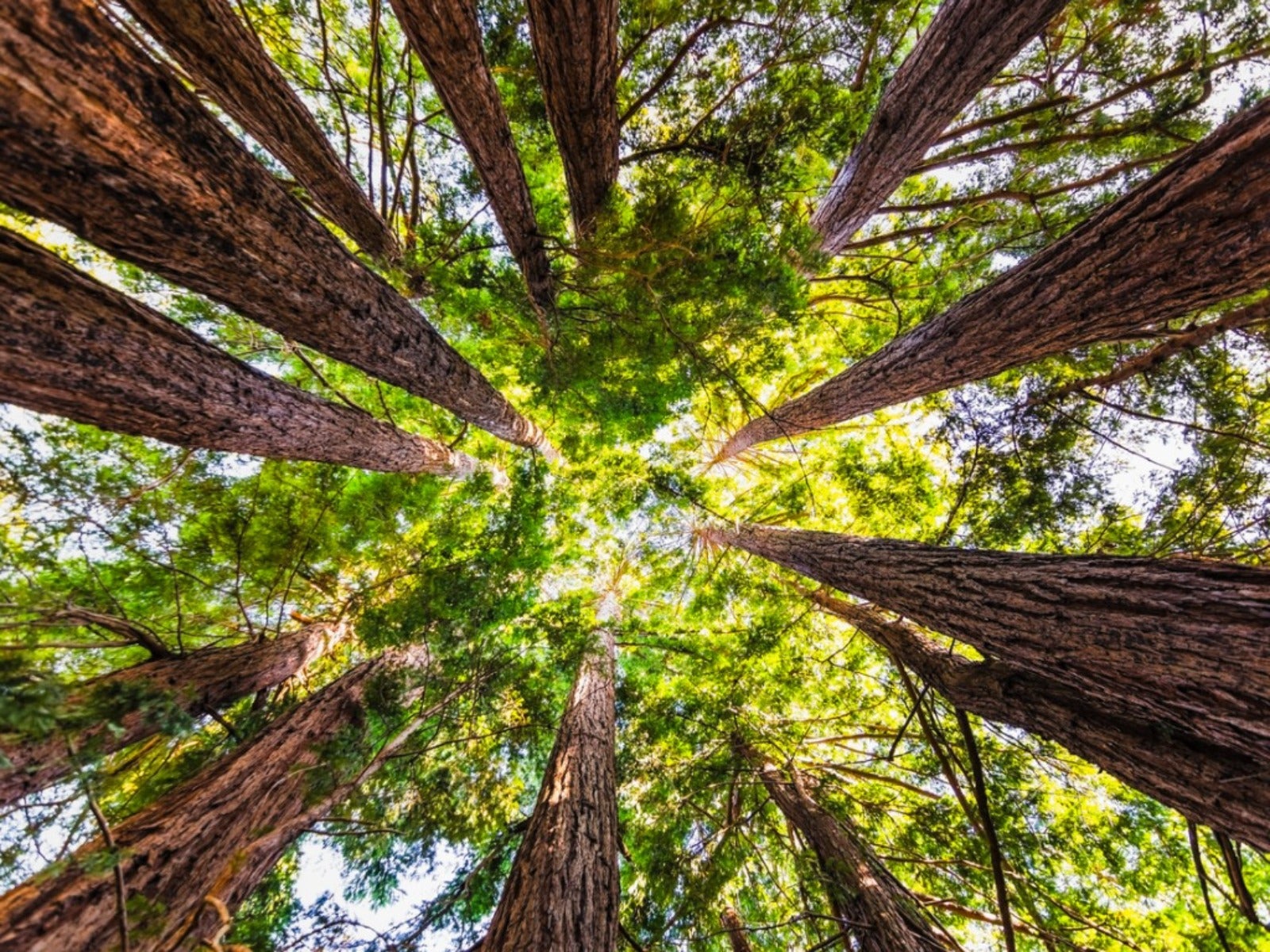 Best Trees For Carbon Sequestration And Climate Change
Best Trees For Carbon Sequestration And Climate ChangeLet’s keep planting trees. They are our best bet for capturing carbon and may help with our global warming issues.
By Teo Spengler
-
 7 Invasive Trees You Should Never Plant In Your Yard Or Garden
7 Invasive Trees You Should Never Plant In Your Yard Or GardenWhat are some invasive trees you should never plant in your yard? Click here to find out.
By Teo Spengler
-
 How Close Can You Plant A Tree To A Stump?
How Close Can You Plant A Tree To A Stump?Looking to plant new trees near old stumps or where stumps have been removed? Click here to learn how.
By Teo Spengler
-
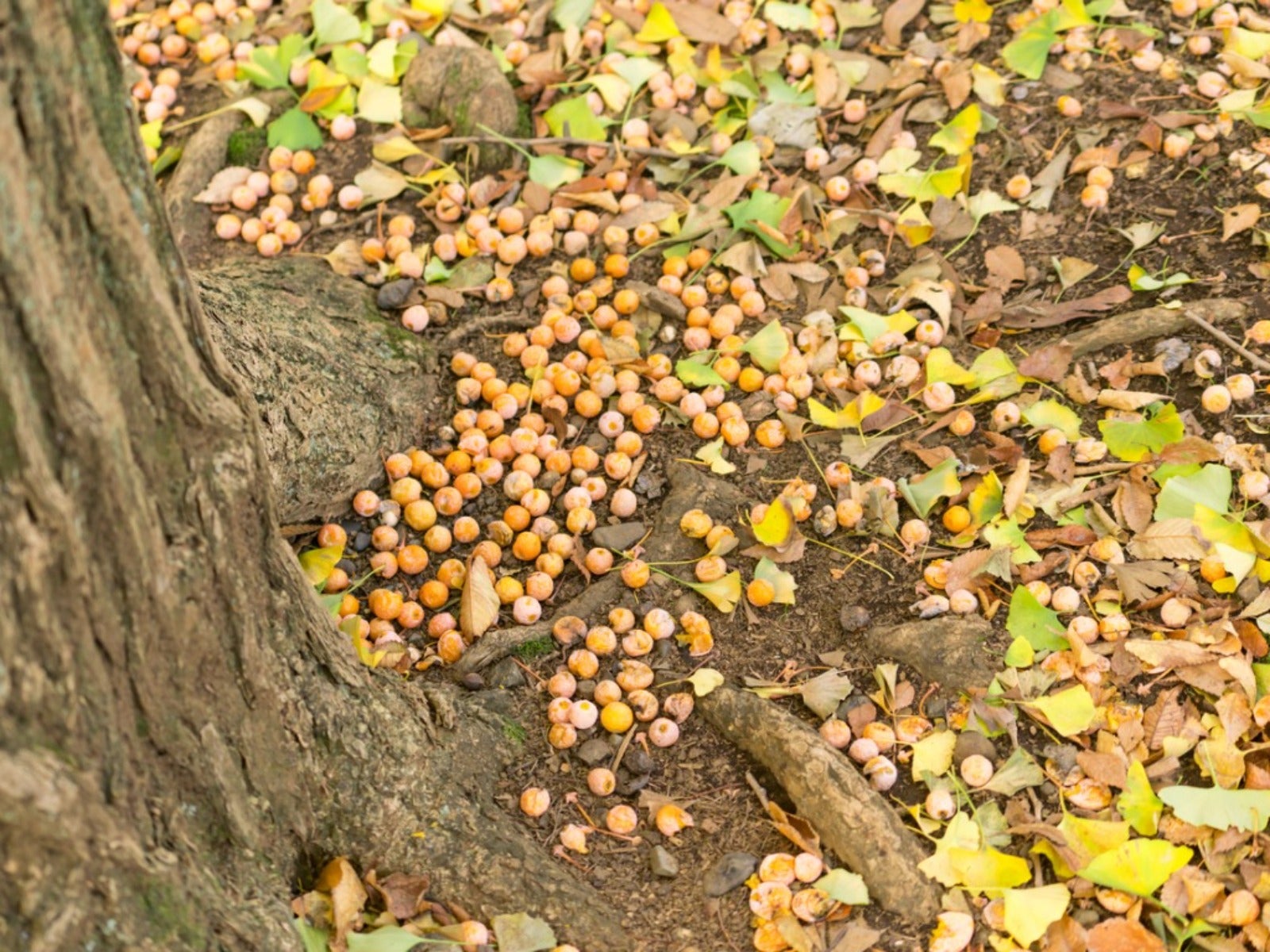 Messiest Trees That Drop Debris Everywhere
Messiest Trees That Drop Debris EverywhereWant to know which trees will create the biggest messes in your home landscape? Click here to find out.
By Amy Grant
-
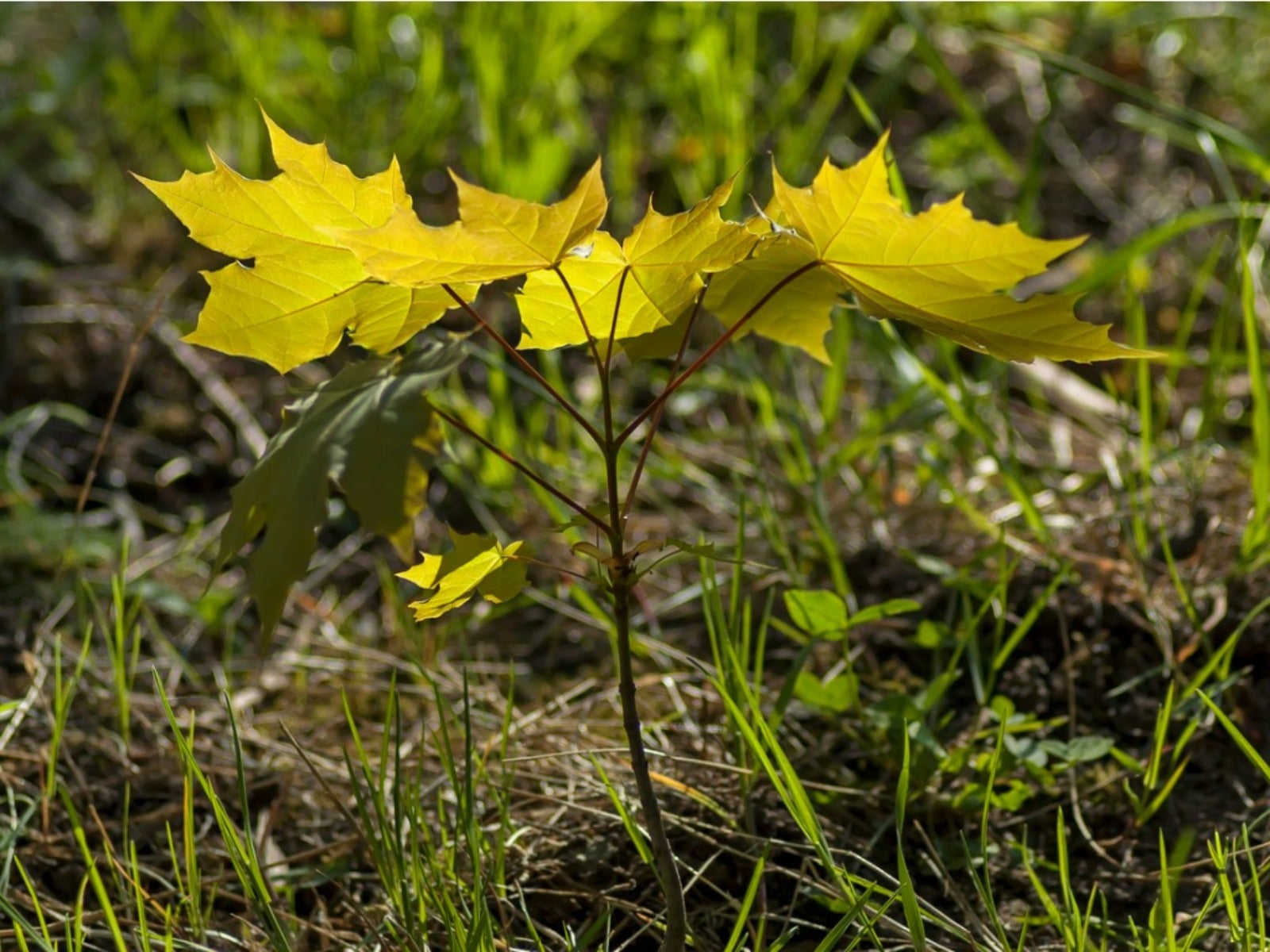 How To Get Rid Of Tree Sprouts In The Yard From Nearby Trees
How To Get Rid Of Tree Sprouts In The Yard From Nearby TreesLearn the simple way to keep pesky tree seedlings in your lawn from becoming saplings.
By Teo Spengler
-
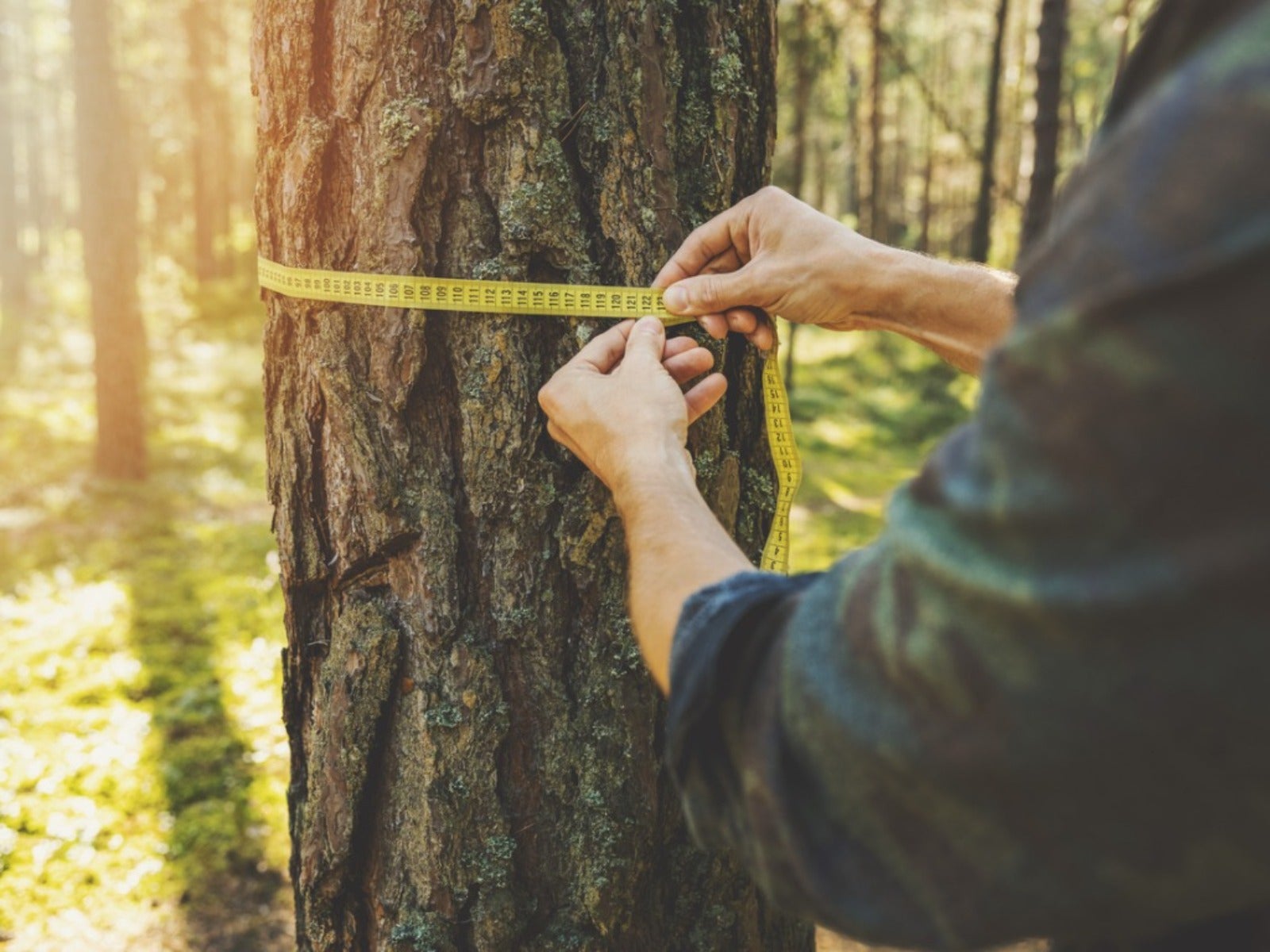 How To Tell How Old A Tree Is
How To Tell How Old A Tree IsEver wondered how to calculate the age of a tree? Click here to learn all about it.
By Teo Spengler
-
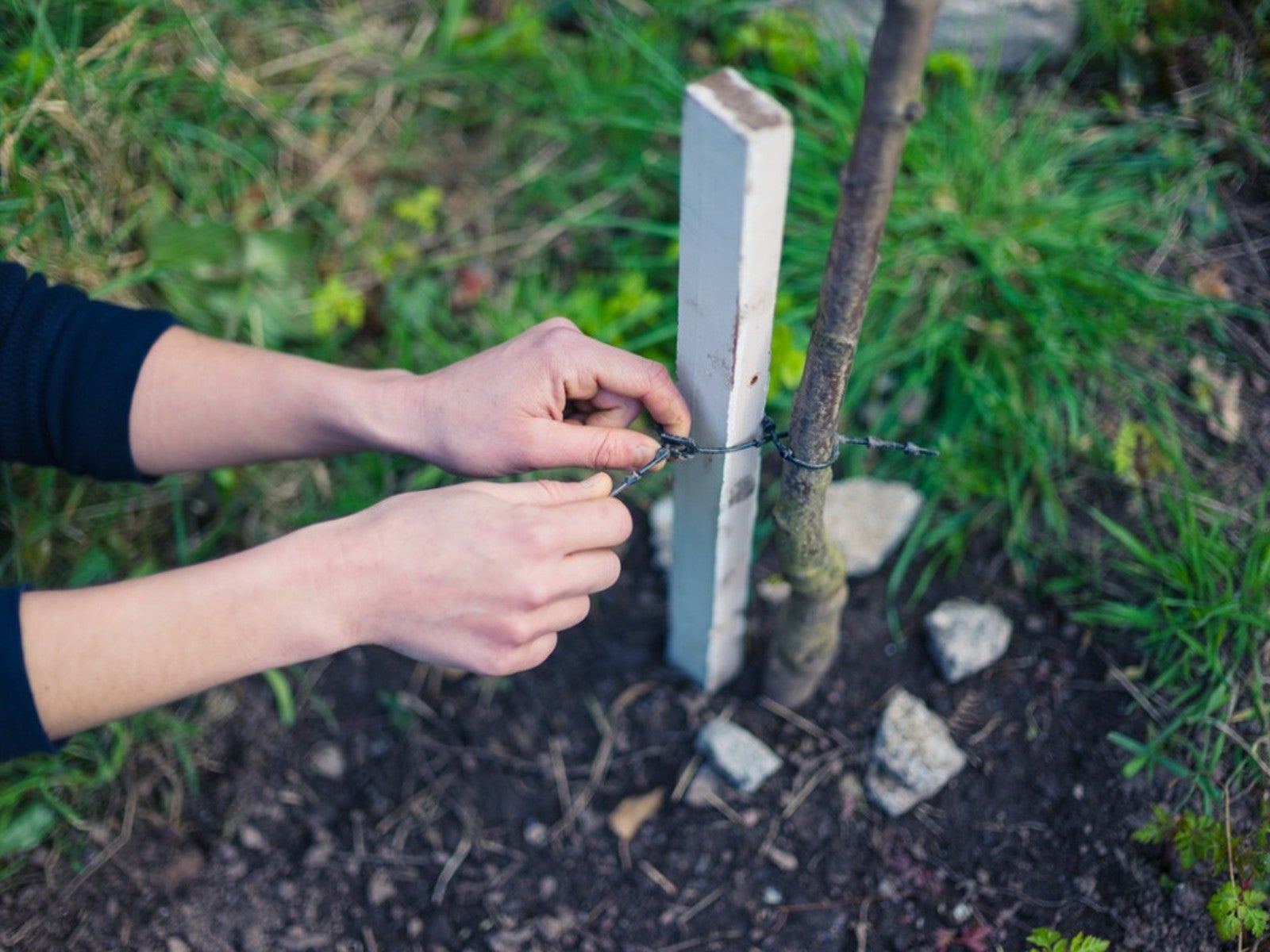 When To Remove Tree Stakes From Saplings
When To Remove Tree Stakes From SaplingsA newly planted tree may grow strong when it’s staked, but don’t forget to remove the stakes when it’s stable.
By Teo Spengler
-
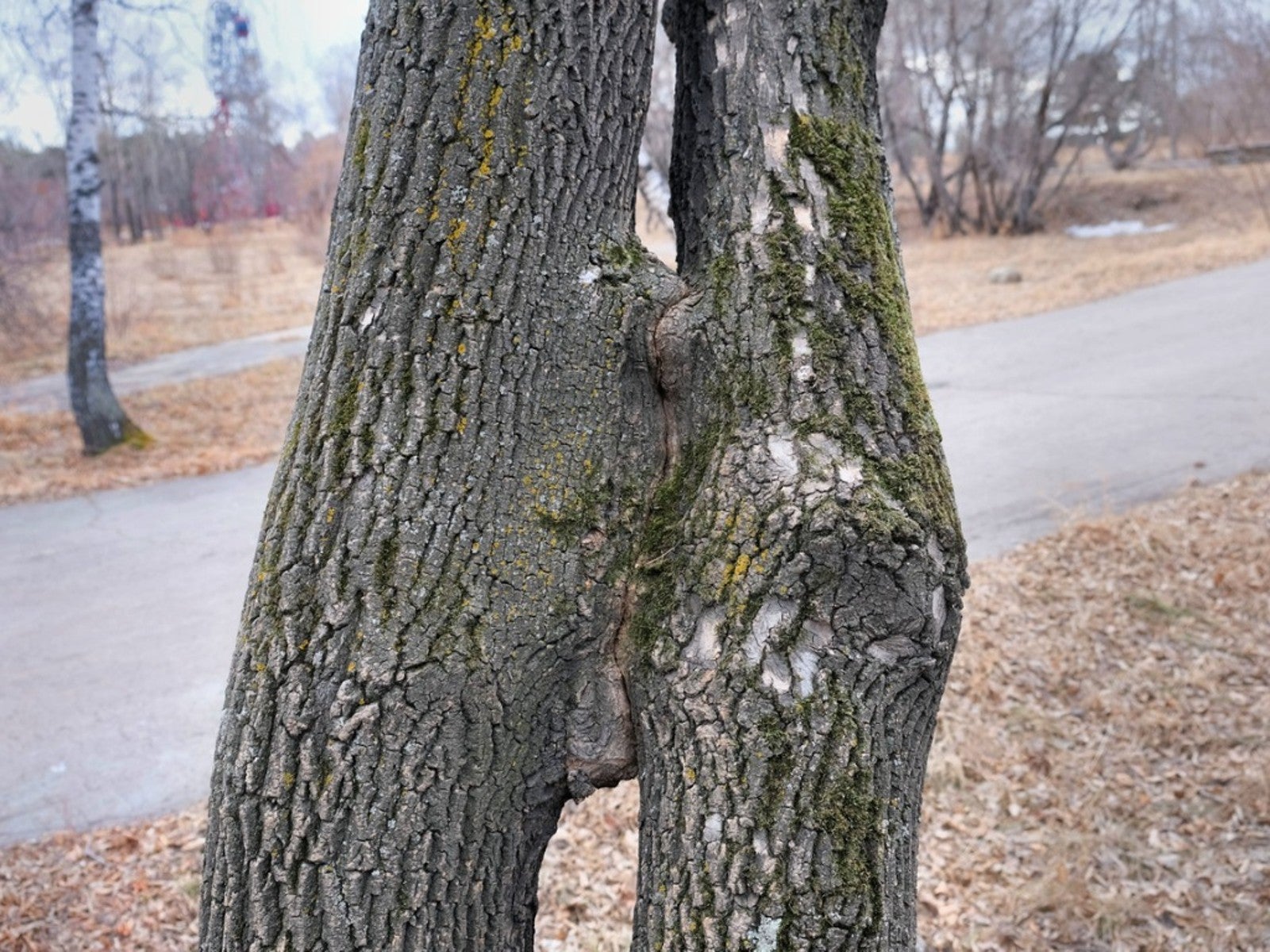 Inosculation And Trees Growing Together
Inosculation And Trees Growing TogetherIf you ever see two trees that have bonded and grown together, read here to learn why and how it happens.
By Teo Spengler